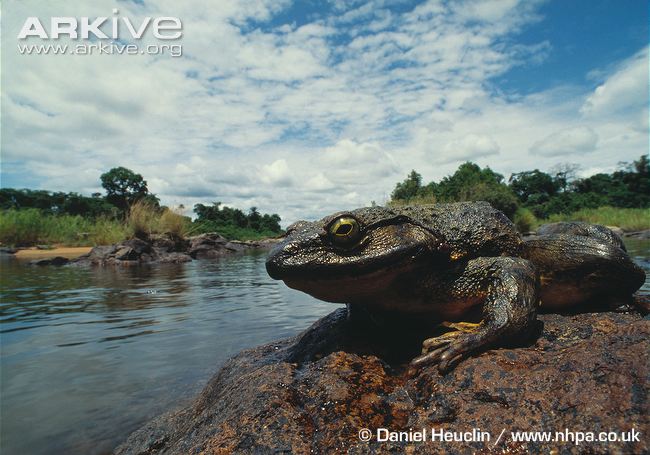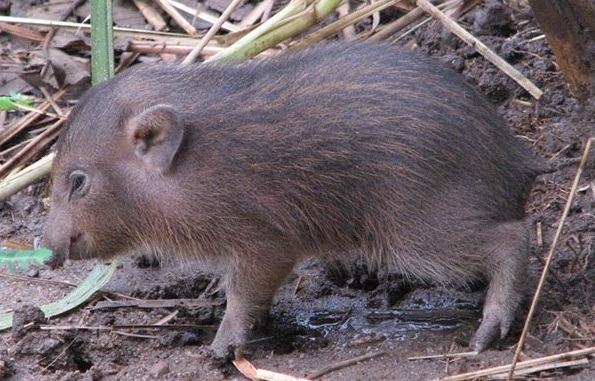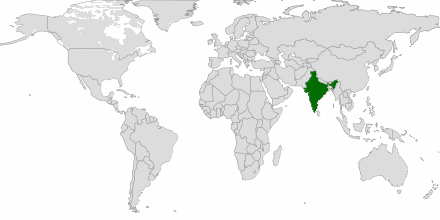A frog species can be as small as few millimeter, while the largest species grows more than a feet. There is an interesting world of this amphibian.
Few years back in the jungles of Borneo, Dr Indraneil Das and colleague Alexander Haas discovered a new tiny species. It is a frog measuring only 3 mm in length. The full grown adults of the species are of the size 9mm to 12mm. This species named as “Microhyla nepenthicola” was found in Kubah National Park, Malayasia. This is one of the smallest known frog species in the world. But what is the smallest known Frog?
There is fierce competition for the smallest Frog award. Till 1996, Brazilian Gold frog (Psyllophryne Didactyla) was unanimously accepted by scientists as the smallest known Frog. This species grows 9.8 mm. But in 1996, a new frog species discovered in Monte Iberia, Cuba claims equally small size. This species is names as Eleutherodactylus iberia.
On the contrary, the largest living frog is out of any competition. It is known as Goliath frog (Conraua goliath) and found in central western African country Cameroon. This frog can grow up to 33 cm (more than a foot) without counting the legs. It can weigh around 3.3 kg (7 lb). Though very huge in size, this frog is very calm in nature and has a life span of 15 years. Though the Goliath frog is the largest “living” frog, the largest ever ”known” frog is called “Devil Frog” and lived in Madagascar 65-70 million years ago. From the fossils found it is apparent that it could grow till 40 cm in length and weigh up to 4.5 kg (11 lb). It was powerfully built, and had a very wide mouth and strong jaws.
There are hundreds new species of frogs discovered in recent. The above records may change any time. But, unfortunately the frogs along with all amphibiansa are facing serious extinction threat. It is estimated that more than 100 species have been declared extinct from the planet in last three decades. Thousands of them are on the verse of extinction. This mass extinction of amphibians is due human cause pollution, deforestation and also due to fungal a skin disease.
Scientists and researchers are taking serious steps to save them from this extinction event!






Recent Comments